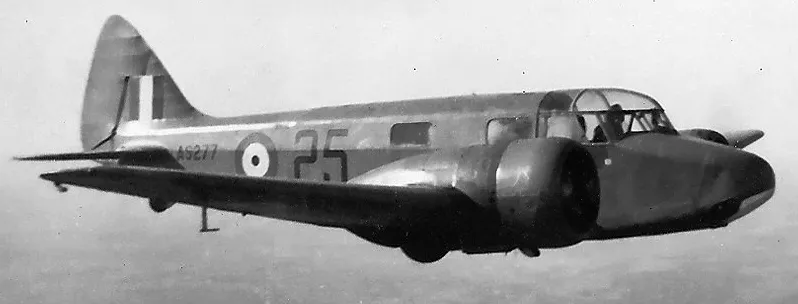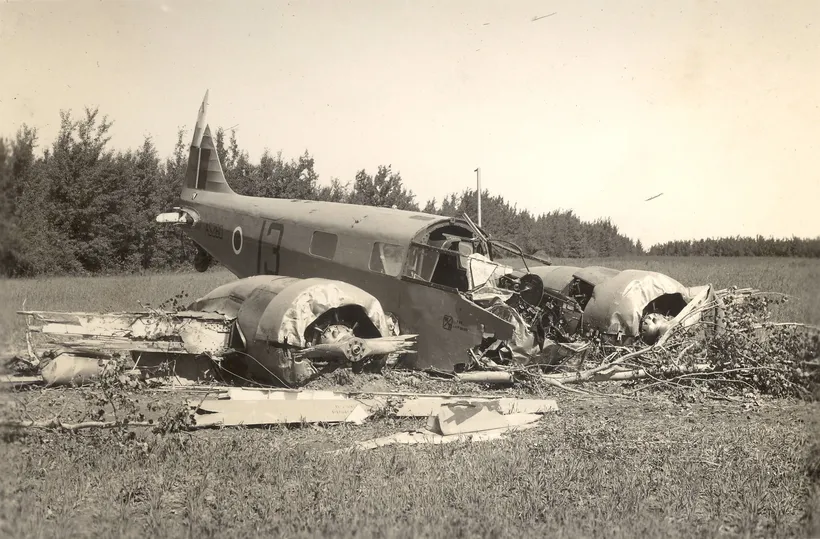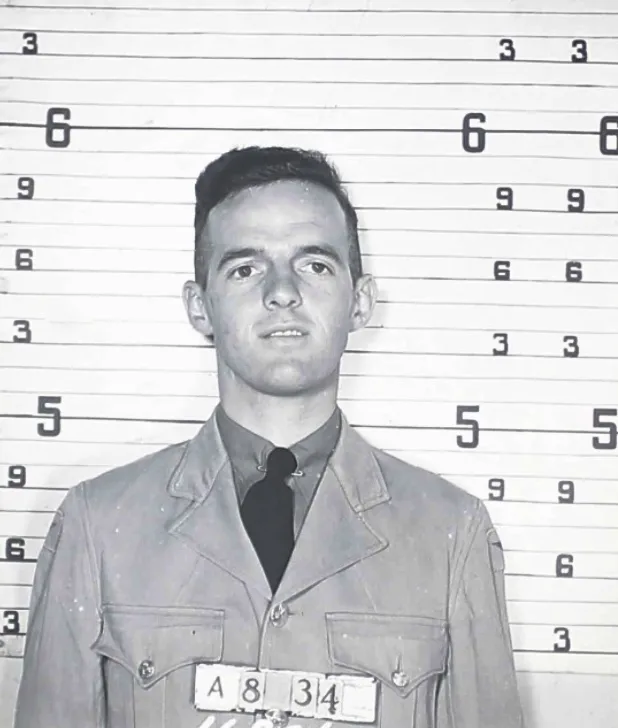Woodill, James Harold (Leading Aircraftman)
Killed in Flying Accident 1943-July-14


Birth Date: 1922
Born:
Parents: Son of Arthur Roy and Ruby Isobel Woodill, of Longview, Washington.
Spouse:
Home: Longview, Washington, USA
Enlistment:
Enlistment Date: unkown date
Service
RCAF
Unit
36 SFTS- Service Flying Training School (RAF)
Base
Penhold, Alberta, Canada
Rank
Leading Aircraftman
Position
Pilot
Service Numbers
R/182443
Final Burial
Iris Colubarium Niche 27627
Crew or Other Personnel
Oxford AS734
Oxford serial: AS734

Airspeed A.S. 10 Oxford Mk. II, RCAF (Serial No. AS277), 25, in flight over Saskatchewan, 1942.
The Airspeed AS.10 Oxford was a twin-engine monoplane aircraft developed and manufactured by Airspeed. It saw widespread use for training British Commonwealth aircrews in navigation, radio-operating, bombing and gunnery roles throughout the Second World War.
The Oxford was developed by Airspeed during the 1930s in response to a requirement for a capable trainer aircraft that conformed with Specification T.23/36, which had been issued by the British Air Ministry. Its basic design is derived from the company's earlier AS.6 Envoy, a commercial passenger aircraft. Performing its maiden flight on 19 June 1937, it was quickly put into production as part of a rapid expansion of the Royal Air Force (RAF) in anticipation of a large-scale conflict.
As a consequence of the outbreak of war, many thousands of Oxfords were ordered by Britain and its allies, including Australia, Canada, France, New Zealand, Poland, and the United States. Following the end of the conflict, the Oxford continued to achieve export sales for some time, equipping the newly formed air forces of Egypt, India, Israel, and Yugoslavia. It was considered to be a capable trainer aircraft throughout the conflict, as well as being used a general-purpose type. A large number of Oxfords have been preserved on static display. Wikipedia
Aircraft Images
Oxford AS734
Oxford Mk. II AS734
To No. 4 Training Command on 9 August 1941, for use by No. 34 Service Flying Training School at Medicine Hat, Alberta. Winter conversion set installed at No. 34 SFTS by 4 June 1942. To Aircraft Repair for overhaul, 1 March to 26 June 1943. Back to No. 4 Training Command when completed. With No. 36 Service Flying Training School at Penhold, Alberta when it suffered a Category A crash 1/2 mile north of Eckville, Alberta on 15 July 1943. Stalled at low altitude during dummy bombing runs below the briefed altitude. Several eye witnesses reported the aircraft was as low as 25 feet AGL prior to the stall. Leading Aircraftman J.H. Woodill, an American in the RCAF, and Leading Aircraftman A.G. Sutherland both killed. Scrapped by No. 10 Repair Depot.1941-07-19 Taken on Strength Eastern Air Command at No. 1 Port Detachment 2019-08-20
1943-July-14 Accident: 36 Service Flying Training School Loc: Eckville Alberta Names: Sutherland | Woodill
1943-09-24 Struck off Strength Struck off, reduced to spares and produce 2019-08-20
Unit Desciption
36 SFTS (36 Service Flying Training School)
Graduates of the EFTS "learn-to-fly" program went on a Service Flying Training School (SFTS) for 16 weeks. For the first 8 weeks the trainee was part of an intermediate training squadron; for the next 6 weeks an advanced training squadron and for the final 2 weeks training was conducted at a Bombing & Gunnery School. The Service schools were military establishments run by the RCAF or the RAF.
There were two different types of Service Flying Training Schools. Trainees in the fighter pilot stream went to an SFTS like No. 14 Aylmer, where they trained in the North American Harvard or North American Yale. Trainees in the bomber, coastal or transport pilot stream went to an SFTS like No. 5 Brantford where they learned multi-engine technique in an Airspeed Oxford, Avro Anson or Cessna Crane.

For Information on RCAF Station Penhold see here
RCAF.Info - RCAF Station Penhold AB
RCAF.Info - Relief Landing Field Innisfail AB
RCAF.Info - Relief Landing Field Blackfalds AB
![]() Harvard Historical Aviation Society
Harvard Historical Aviation Society
![]() Midland Aircraft Recovery Group - Men Of 36 SFTS
Midland Aircraft Recovery Group - Men Of 36 SFTS
![]() Bomber Command Museum Of Canada - 36 SFTS
Bomber Command Museum Of Canada - 36 SFTS

